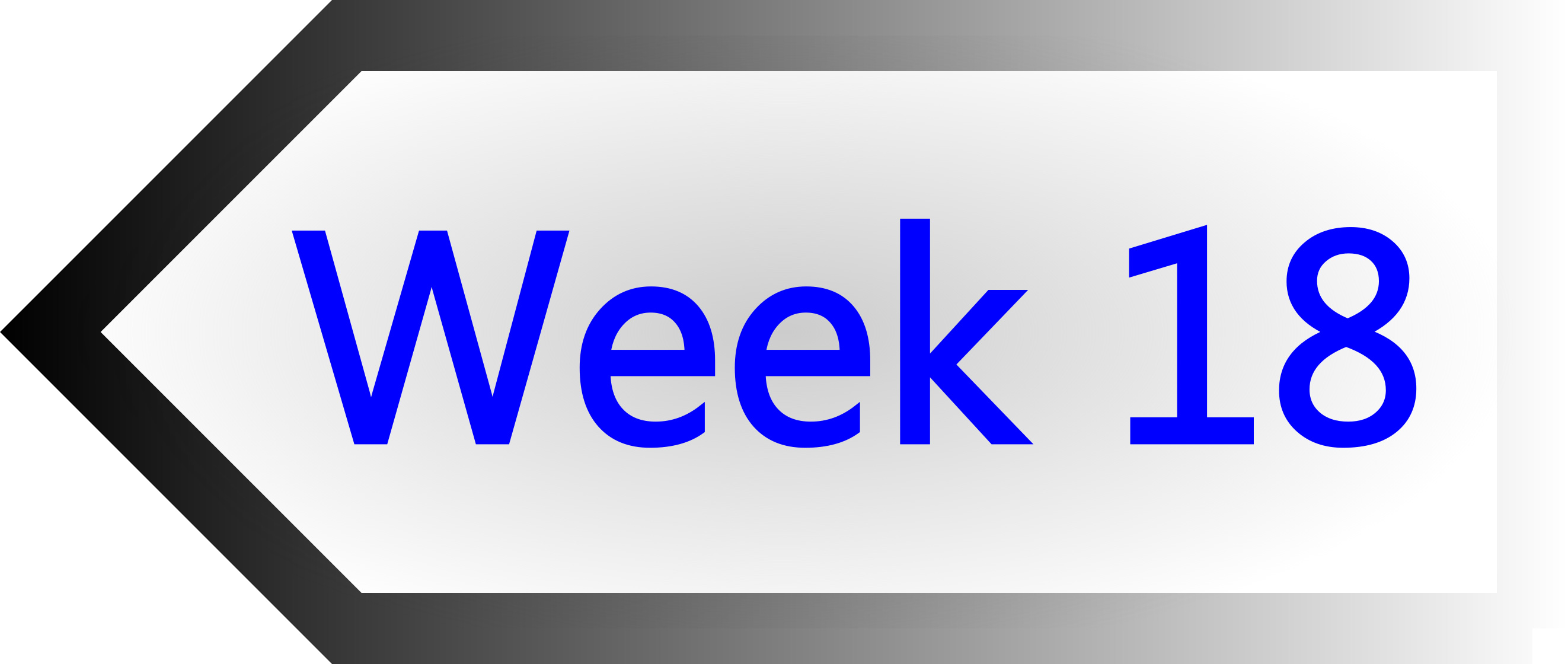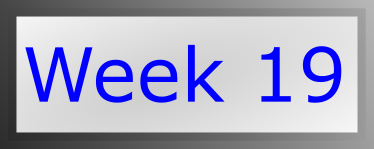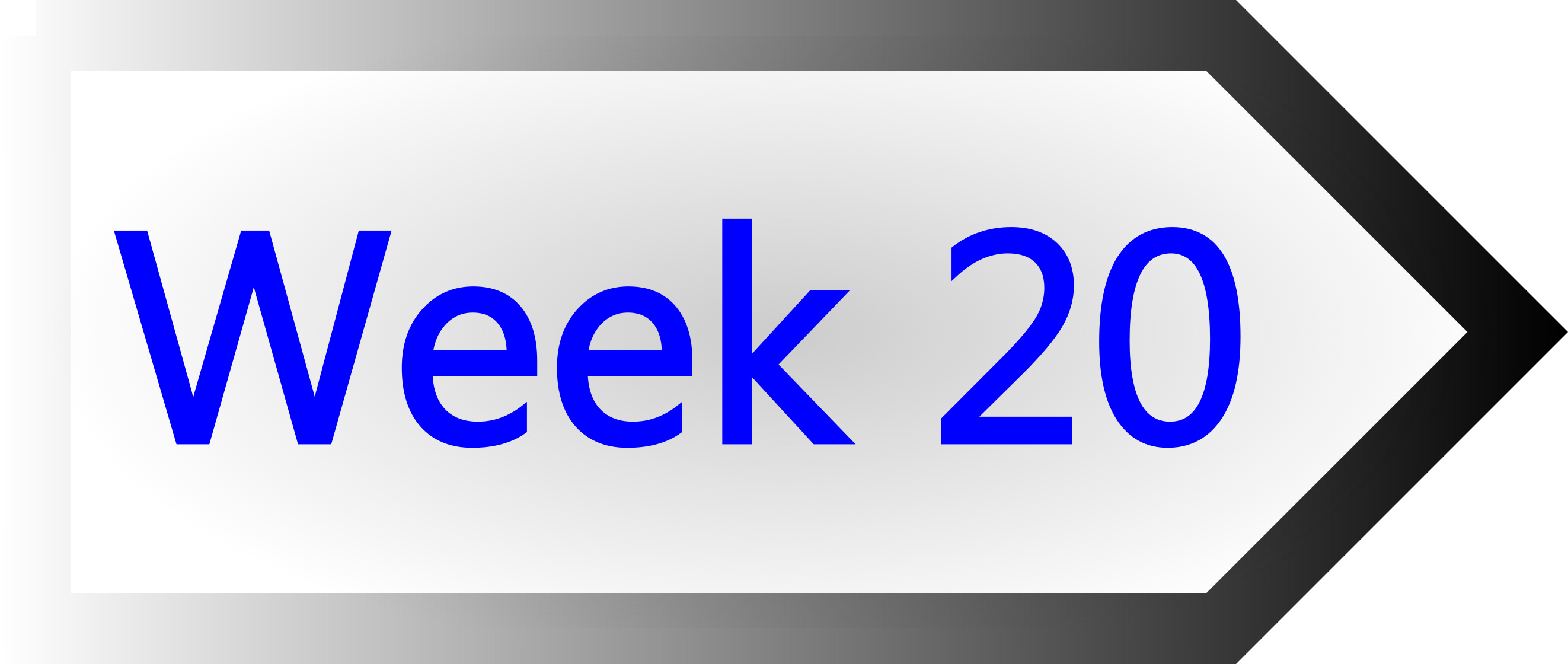


Invention, Intellectual Property, and Income
- Develop a plan for dissemination of your final project.
- prepare drafts of your summary slide (presentation.png, 1920x1080) and video clip (presentation.mp4, 1080p HTML5, ~minute, ~10 MB) and put them in your root directory.
Project dissemination plan
This project is the first version of the kit, no doubt it needs few other things to launch in market. Here, I am providing this as open source project. I am providing all files for public use. But, as I make other changings in its final version then I will make a business from this type of devices. After its final completion, I will provide 2 to 3 devices in different engineering institutes of my neighboring cities without any charges charges. Then I will take their valuable feedbacks. After that I will change its way according to the comments and feedbacks. Here in FabLab It is open source product from my side. It is a type of device which can easily be launch commercially in the market.
Licensing
What is Patent License?
A patent for an invention is granted by government to the inventor, giving the inventor the right to stop others, for a limited period, from making, using or selling the invention without their permission.
Exclusive License:Under an exclusive license, a patent owner transfers all indicia of ownership to the licensee only retaining the title to the patent. From the point of view of the patent owner, he surrenders all rights under the patent (including the right to sue for infringement and the right to license) to the licensee. In essence, the licensee steps into the shoes of the patent owner and acquires the right to sub-license the patent and sue for patent infringement. However, the exclusivity can be limited by a field of use. That means that the licensee gets a promise from the patent owner that the patent will not be licensed to anyone else in a stipulated field of use.
Non-Exclusive License:By granting a non-exclusive license, the patent owner essentially promises not to sue the licensee for patent infringement. Some people think that by acquiring a non-exclusive license the licensee acquires the freedom to operate in the space protected by the licensed patent, but this may or may not be the case. It depends on whether or not the licensee’s products infringe other patents.
Carrot and Stick analogy in patent licensing
One needs to look at patent licensing as either “carrot” or “stick” licenses as in the “carrot and stick” analogy.Carrot License:A carrot patent licensing approach is appropriate when the prospective licensee is not practicing the patented invention and is under no compulsion to take a license. The value proposition here is “my patent technology is better and by licensing it you will sell more products.” Or it may be “my patent technology is cheaper and by licensing it you will make more profit.” Convincing a prospective licensee to take a license is strictly a marketing exercise.
Stick License:On the other hand, a stick patent licensing approach is applied when the prospective licensee is already using your patent technology and, thereby, infringing your patent. The value proposition here is “take a license or else… (I will see you in court).” One needs to keep in mind that every “carrot” license is really a “stick” license in disguise. After all, if there were not the unspoken threat of litigation, who would ever license a patent? When a larger company agrees to license a patent, payment for the patent is usually a lump sum payment that includes past use of the patent (if applicable) and future use of the patent based on the estimated sales of the accused product over the remaining life of the patent.
Cick here for more about Patent LicenseThere are many licensing methods are available, but here I am discussing only two popular methods. First is MIT license and other is Creative common License.

Creative Common is one of the most used license method. I also want to use it for my project. It is free and easy to use copy right license which provides a simple
but standardized way to give the public permission to use their documents and can also share your creative work on your own choice.
What is "Creative Common CC"?
A Creative Commons (CC) license is one of several public copyright licenses that enable the free distribution of an otherwise copyrighted work.
A CC license is used when an author wants to give people the right to share, use, and build upon a work that they have created.
CC provides an author flexibility (for example, they might choose to allow only non-commercial uses of their own work) and protects the
people who use or redistribute an author's work from concerns of copyright infringement as long as they abide by the conditions that are
specified in the license by which the author distributes the work.

Types of License
Attribution (BY)

Share-Alike (SA)

Non-Commercial (NC)

Licensees may copy, distribute, display, and perform the work and make derivative works and remixes based on it only for non-commercial purposes.
No Derivative Works (ND)

Licensees may copy, distribute, display and perform only verbatim copies of the work, not derivative works and remixes based on it.
Slide can be accessed from here
Video can be accessed from here

This work is licensed under a Creative Commons Attribution-NonCommercial 4.0 International License.




